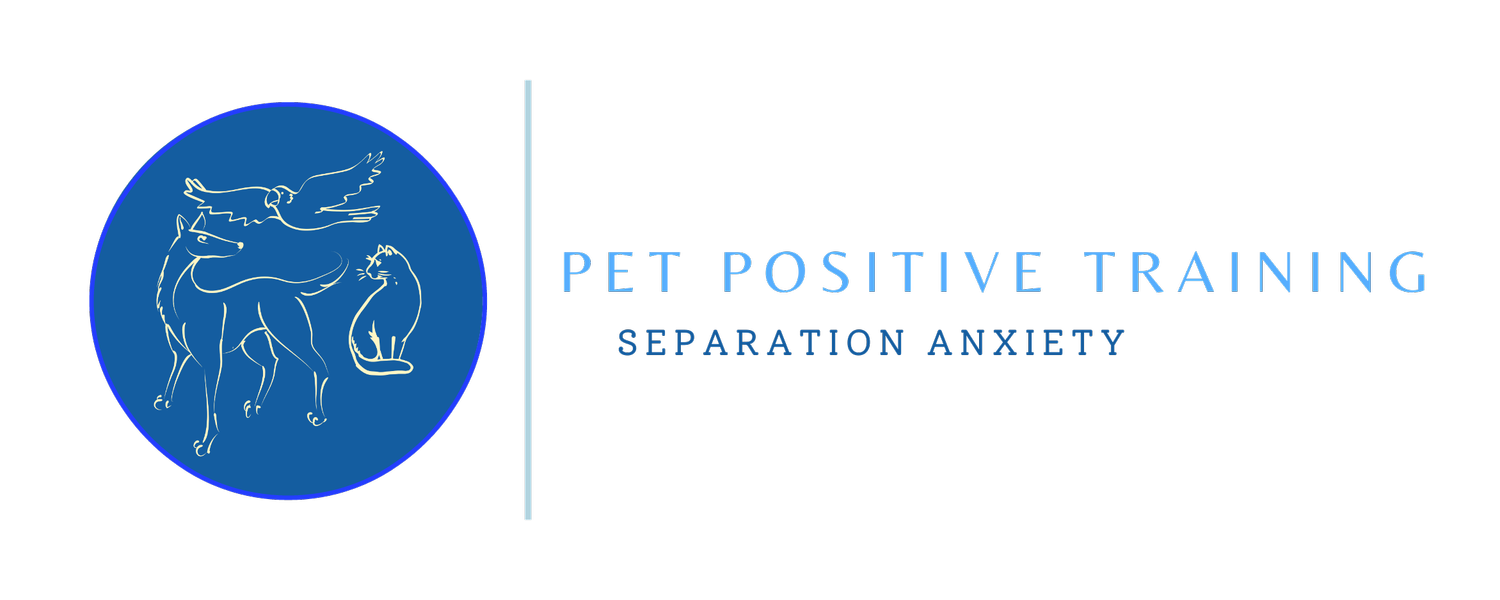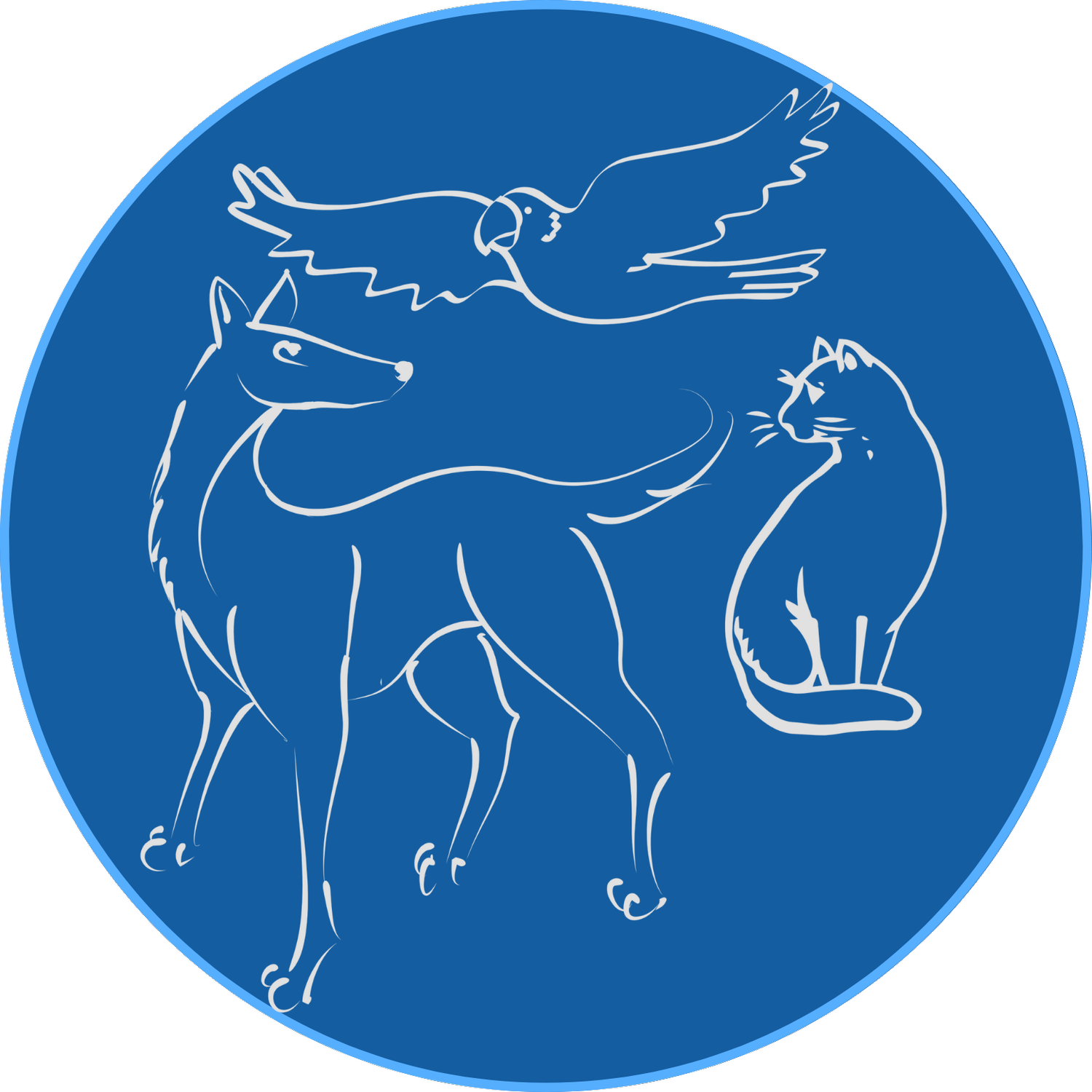Pet Positive Blog
Written by Liz Fisher, CSAT, CPDT-KA
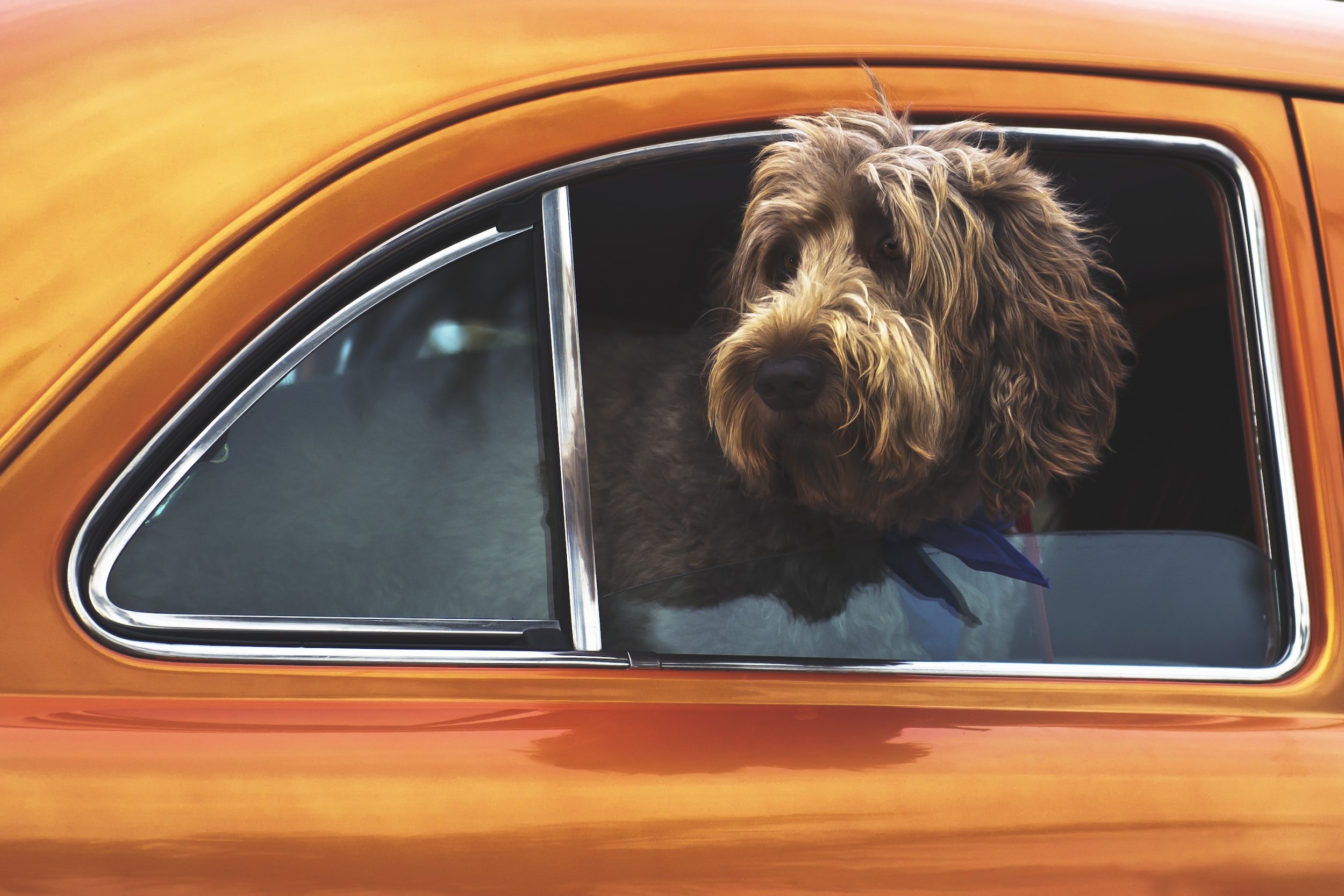
Creative ways to “suspend absences” during separation anxiety training for dogs
In order to start a separation anxiety protocol for your dog(s) you first need to stop exposing them to the thing that is making them so upset - being alone. This looks different for every dog but these are my go-to recommendations.
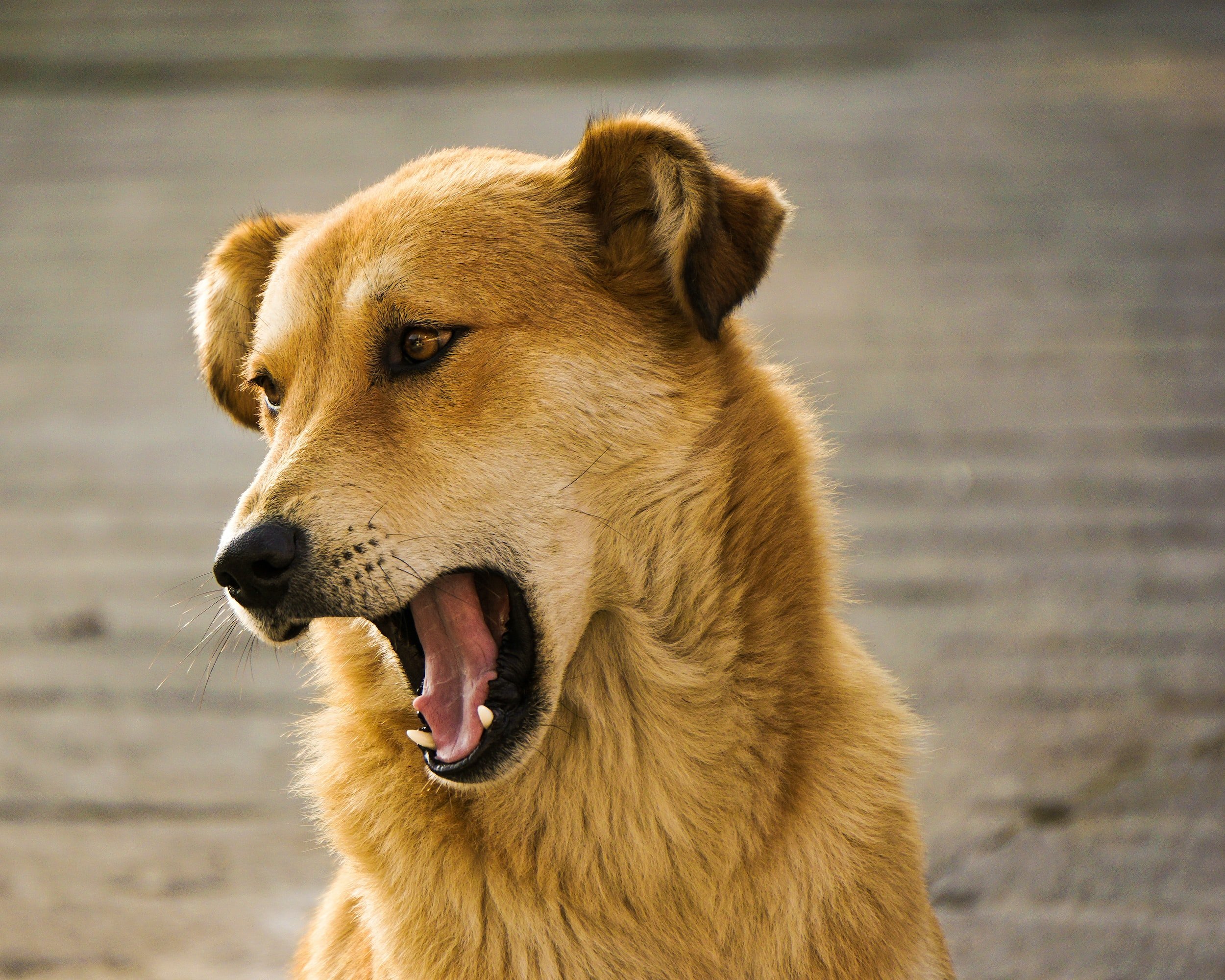
Growling… Is a GOOD thing!
It may be spooky or uncomfortable but RULE #1 from this trainer: Never Correct a Growl. A growl is an audible and obvious sign that your dog is uncomfortable and needs something to change.
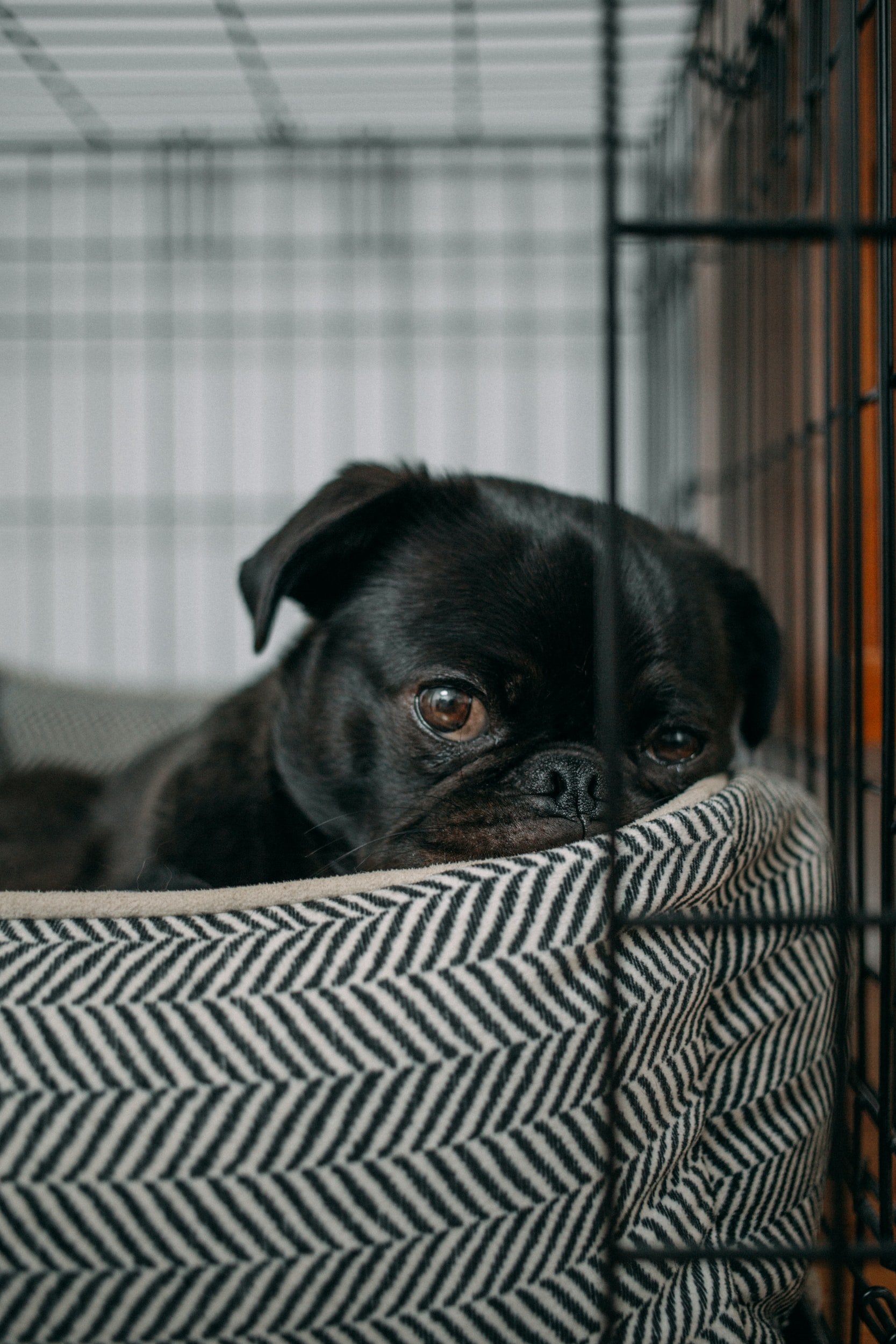
Confinement and Separation Anxiety
If your dog chews on inappropriate things even when you are home then that is a safety that needs to be managed during separation training. That may look like management via putting things away or in containers. But that may also look like a type of confinement away from areas or items that could be potentially dangerous…
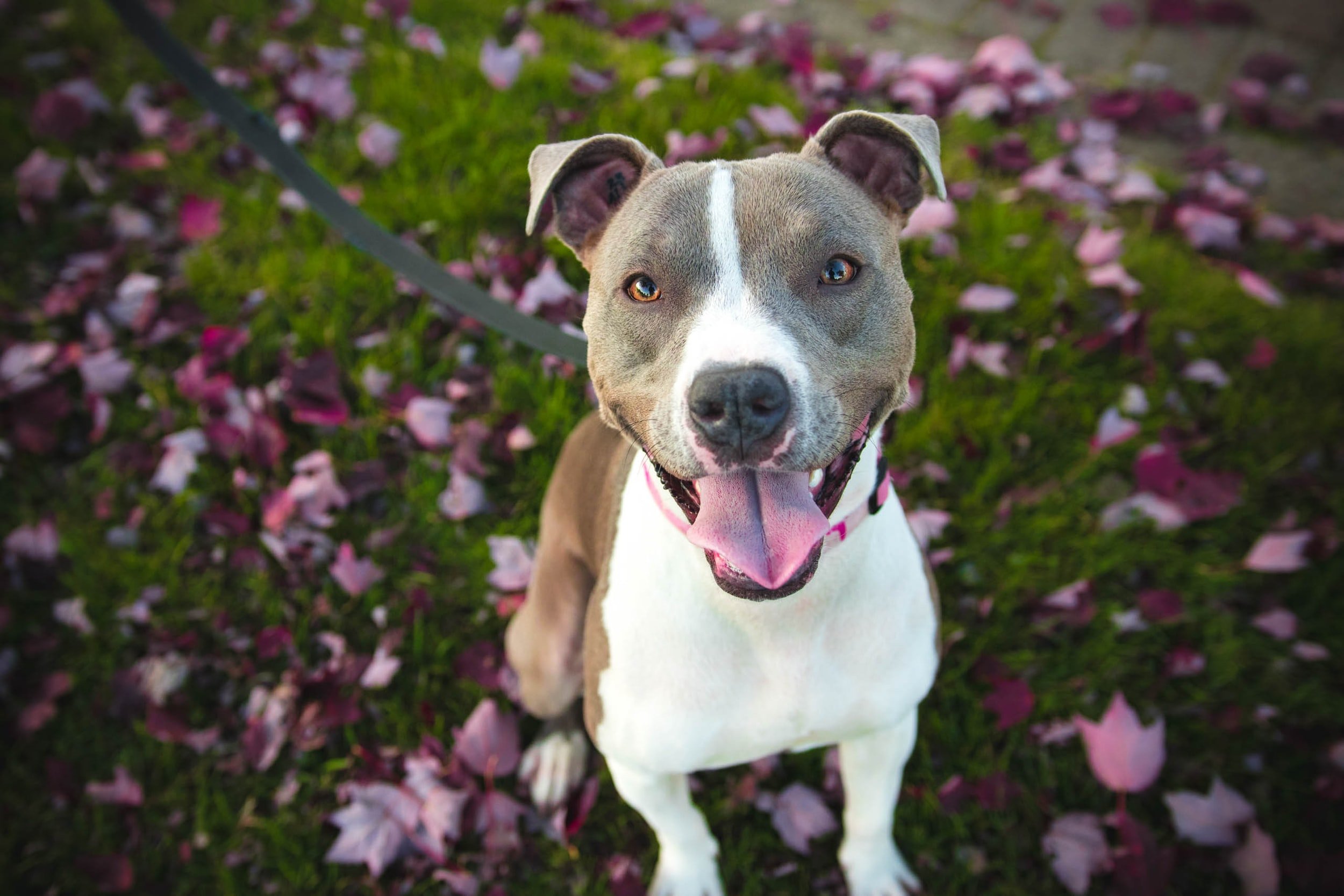
To Sit or To Pattern Game?

How to begin separation anxiety training
Starting to help a dog feel better with alone time begins with 3 major parts.
Never leaving the dog alone for longer than they can handle
Learning dog body language and YOUR dog’s body language
Seeking professional help when you need it
